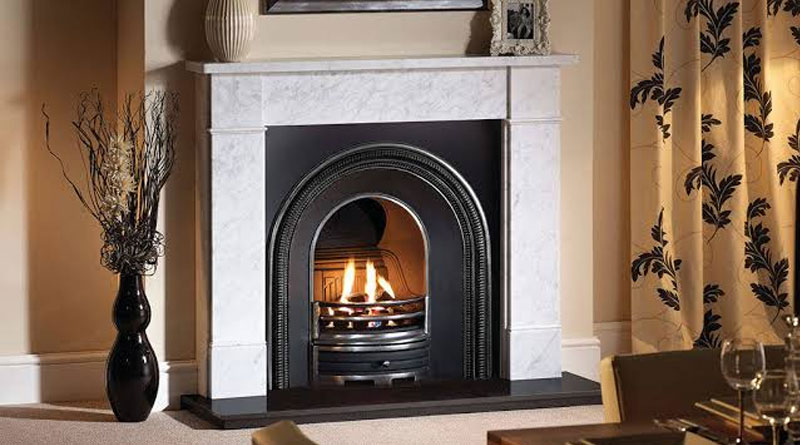21st Century Alternative Heating Fuel Opportunities for Everyone
There are many options available for an alternative heating fuel finding the best one for you is what is important. Take a look at your house and your current heating system, the size of your home and how well your home is insulated. If at the moment your heating source is natural gas, but you have available to you hot water baseboards you need to make sure that you are able to buy a boiler for your home to heat the water and be able to connect it to the pipes that you already have. There is no point in picking an alternative heating source if your home will not support that system. That being said, the 21st Century stimulus allows for a deduction for installing an alternative energy system, something online tax software companies have already incorporated into their forms.
For example, if you were to choose to heat your home with the water baseboards and a boiler, but your current system would not support that change over you may want to look at sources that burn vegetable oils, wood or possibly soybean oil. If you are looking at doing a complete system overhaul make sure that you are choosing the central heating system that has the most up-to-date and energy efficient technologies. If you are worried about the cost, look into the different government grants that are available to help cover those costs, not to mention the tax breaks that are available. Here is a closer look at a few of the alternative heating fuel options that are available to you.
Wood as an alternative heating fuel
You do not have to live in the woods or near one to take advantage of the most cost effective alternative heating sources available. Back in the old days wood burning stoves were popular. With a fuel efficiency rating above 60% they can cut your heating bill down drastically and they are environmentally friendly. Did you know that if you chose to use wood instead of oil you would cut down the CO2 emissions by almost 90%?
A catalytic wood burning stove can increase your heating efficiency to over 75%. The difference between the older wood burning stove and the catalytic one is that the catalytic combustor will burn the gases that are produced by the burning wood to burn at half the temperature that is normally required thereby producing a longer lasting and even heat.
Corn as an alternative heating fuel
Corn is another incredibly efficient and abundant alternative heating resource that is affordable. Corn is obviously environmentally friendly, possibly beating out wood and wood pellets because it burns clean. Corn burning does not produce any creosote or high levels of emissions. Corn is as available as wood if not more so in some communities, plus it is allergen free. Imagine one 40 pound bag of dried corn will provide you with over 24 hours of heat. Depending on whether you have a corn burning stove or corn burning furnace you can plan on about 80 to 120 bags of corn for a winter if you have a corn burning stove and about 8-10 tons if you have a corn furnace.
Coal as an alternative heating fuel
Many of us usually think about coal for our grills to give our food that real fire grilled flavor, but it is also an alternative heating source. Coal also raises some concerns for people because of the volatiles that are produced from burning the coal and the fact that in order to burn the coal an accelerant needs to be used such as oil or gas. Then coal will burn as long as it has fuel to burn. If you are considering installing a coal burning system, though the cost of coal may be more economic then oil you may want to think about the extra labor that will go into the cleaning, care and maintenance of your coal burning system along with the importance of following EPA guidelines.
Biomass: Let us first define biomass. Biomass is stored solar energy that is converted into not only fuel but can also be turned into electricity. This solar energy is found in any and all non-fossil organic materials. Remember how the crazy white hair scientist in Back to the Future II got the Deloran started, he used garbage. This means that the trees and bushes and plants that surround you all the way to the waste byproducts form humans, animals, forestry and some industrial wastes. Biomass could possibly be the most readily available, renewable, never ending supply of alternative heating fuel sources. To burn you will need a multi-fuel central heating system. The plus here is that not only will this system burn biomass, but it can work with corn and wood as well. The multi fuel systems use oxygen to help burn the heating fuel source and then force the heat out through the system.
The technology of the multi fuel heating system and the use of biomass turns into huge savings for the consumer. Think about the fact that in the not so far distance future you will be able to mow you yard and take the clippings into your heating system and heat and cool your home for days. As stated earlier, this is by no means a complete list of the alternative heating fuel that are available to use, these are simply the most popular. Before you decide on which type of fuel to use, do your research and make sure that your home is compatible with the changes you want to make. If you are concerned about cost check into the different government grants that are available and remember that there are also tax deductions at the end of the year.

